Titanite: description and properties
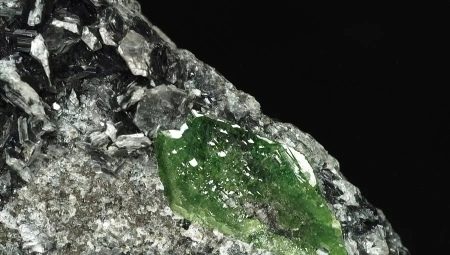
A mineral such as titanite (the second name is sphene) is widely known in the field of jewelry making. This attractive mineral is titanium silicate, hence the name of this nugget. The stone combines various rocks and solidified magma. We will devote this article to this amazing mineral.

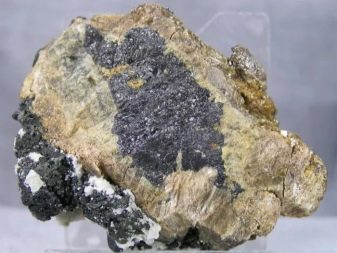

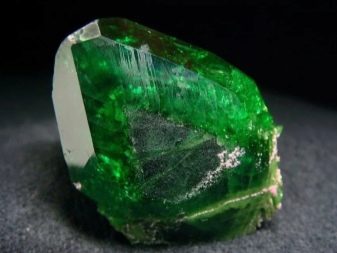
Stone color
Experts say that the color of the stone is highly dependent on the inclusions of other minerals and various impurities. Let's consider the most popular options.
- Indigo color is obtained by combining cerium with yttrium.

- The most valuable and expensive specimens are stones containing chrome. The result is an attractive green color.
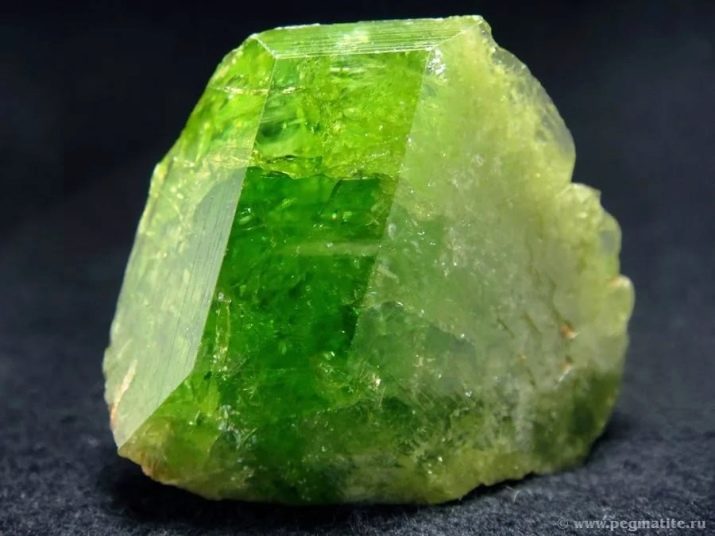
- Shades of yellow and brown indicate the content of ferrum in the inclusions.


- Colorless, transparent crystals are very rare.
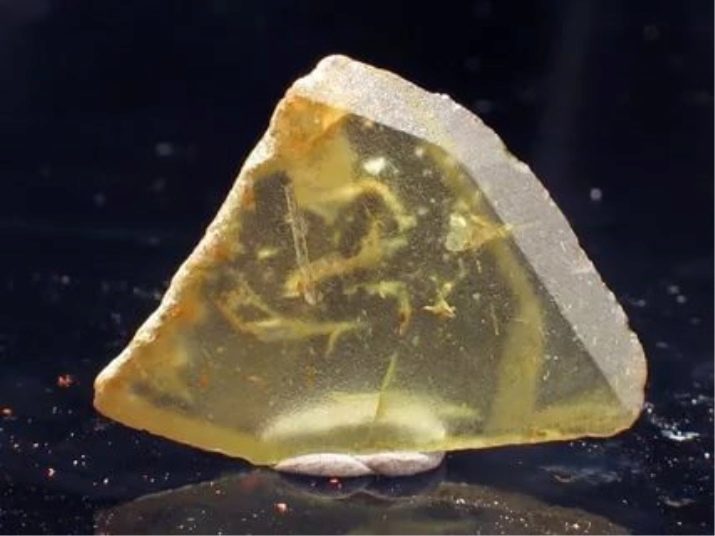
- Also another rare specimen is a triple color. As a result of the combination, unique stones are obtained.
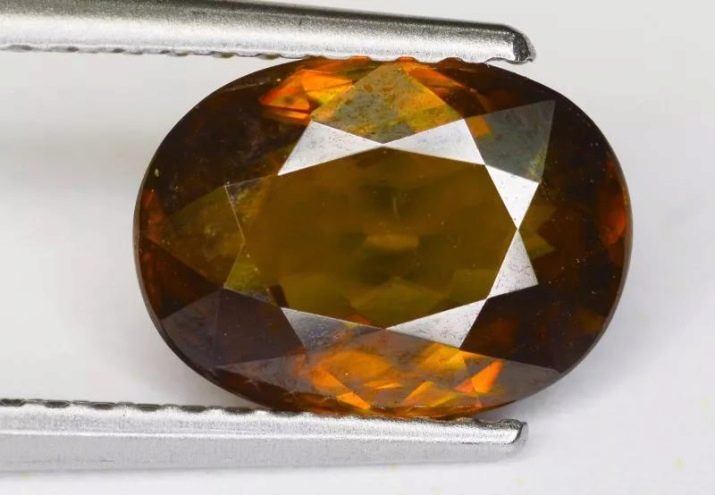
When examining natural minerals, you will notice an uneven color. Some parts of the stone may differ in saturation and particular brightness, while the rest of the edges may be pale.
Also, stones have dispersion. This is the effect of color change depending on the refraction of the sun's rays in the mineral.
Separately, experts note the excellent aesthetic qualities of the stone. This gem surprises with a variety of colors, due to which titanite is actively used in the field of jewelry making. A graceful shine and play are added to the original color.

Properties
- The chemical formula of the sphere is CaTiSiO5.
- Similar minerals are vesuvian and garnet.
- The density index is 23.4-3.54 g / cm3.
- The mineral can have both glass and diamond luster.
- Mohs hardness ranges from 5 to 5.5.
- Basically, stones have a simple shape.
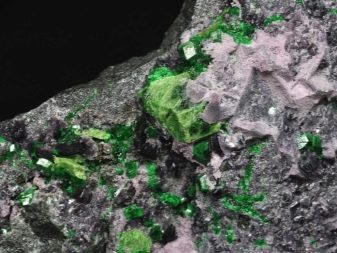
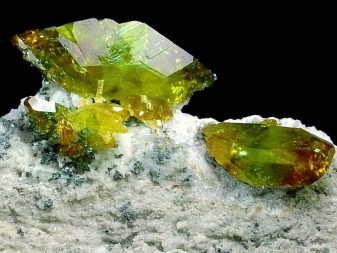
Prevalence and deposits
Despite the fact that this stone is found in small quantities, there are many deposits of this gem. They are looking for titanite in acidic and alkaline soils. In the form of crystals, this mineral is stored in alpine-type veins. Large stones are found in syenite pematites. Experts very rarely find titanite in metamorphic soils and contact-metasomatic formations. The following large gem deposits are distinguished.
- Kola Peninsula. This region is considered to be the largest mineral deposit.
- On the territory of the Urals, deposits of stone are located in the Ilmen mountains. In this place, gems were found, the size of which reached 12 centimeters.
- Titanite is also mined near the city of Neroyka, which is located in the Northern Urals, but smaller specimens, no more than 3 centimeters.
- In Europe, well-known deposits are located in Sweden (Binnental, Zermatt and Gotthard).
- Within the borders of Italy, sphene is mined in the Piedmont region.
- It is also known about the finding of mineral deposits in Austria, Norway, Sri Lanka, Canada.
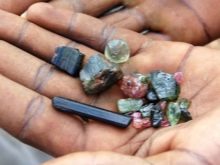
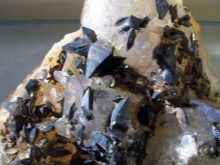
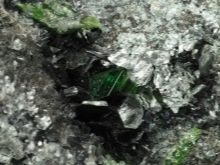
Usage
The above mineral belongs to the class of semi-precious stones. This stone cannot boast of special strength and hardness, however, in terms of optical qualities (refraction of light), it surpasses such specimens as ruby, topaz and emerald. The only stone he is inferior to is diamond.
To prepare a stone for inlaying into jewelry, it needs processing. Craftsmen use brilliant cut or mixed cut. Due to their low strength, only these 2 methods are suitable for the mineral. It should be noted that in jewelry, it is practically not used together with other stones. Combinations are very rare.
For processing, choose gems of green or yellow color. Light brown options are also in demand. Due to the presence of zinc and chromium in them, such specimens have increased strength.
The mass of cut minerals varies from 1 to 6 carats. The cost of stones depends not only on their size, but also on the cut and color. In addition, the price is influenced by the individual markup of the manufacturer and the store. It is very rare to find stones of 20 carats.
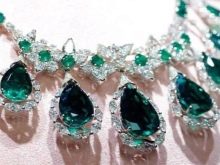
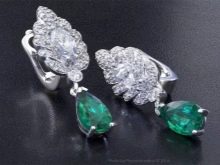

Mineral features
Some believe that the stone has special healing properties, which are manifested by direct contact with it. The mineral is able to relieve headaches, including migraines. It also has a positive effect on the state of vision. If you suffer from constant pressure surges, then this stone is ideal for you due to its special healing qualities.
There is an opinion who the stone is able to relieve not stress, nervous breakdowns and stabilizes the nervous system. As a result of these positive changes, mental performance is improved. Professional lithotherapists recommend using a yellow mineral to cleanse from toxins, toxins and various diseases of the gastrointestinal tract. When worn regularly, the gem has a positive effect on metabolism and improves appetite.


Magical properties
Among psychics, there is an opinion that natural sphene is able to save its owner from negative energy that is actively accumulating in large and noisy metropolitan areas. Also, the owner will be surrounded by positive attention and favor from others. Jewelry made from this stone is advised to be worn by people who lead a secular lifestyle or often perform in public, for example, artists.
Titanite has the ability to endow a person with oratory, as well as the leadership qualities of an organizer. Also among the positive qualities, the stone has gained a reputation as a mineral that brings prosperity.If you have a good purpose in mind, the stone will help in its implementation. A gold ring decorated with natural titanite brings great luck and universal recognition.
In some European countries, there is an opinion that the sphene amulet has a positive effect on the development of intellectual abilities, and also improves the state of memory. The gem activates both spiritual and mental development.


It is interesting
People involved in the paranormal use gems to make protective amulets that protect them from thieves, fires and other troubles. If you are looking for an assistant to focus and concentrate on a specific goal, sphene will be a wonderful present for you.

The inhabitants of ancient Egypt called the above mineral a gem of the sun god Ra. The mineral was used as a talisman by priests who performed various rituals. Because of the bright radiance and expressive overflows, people believed that a particle of the sun's color was sealed in the stone.

There was also a practice of making collars for cats with sphene inserts to protect pets.
This mineral was appreciated and often used by followers of the voodoo cult, which was actively developing in the United States, especially in New Orleans.
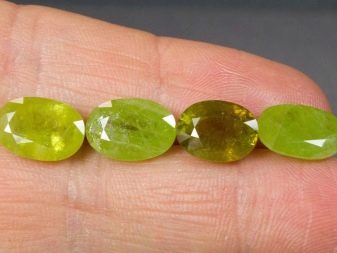

Correct care
Like all gems, titanite requires periodic cleaning. If you look from the point of view of the special properties of the mineral, the stone collects negative in itself, which attacks its owner. Because of this, you should regularly rinse the gem under running water. After this cleaning procedure, you need to gently wipe the stone with a piece of soft cloth. It is forbidden to use chemical compounds with aggressive components for cleaning natural crystals.
Such substances can damage the structure of the stones, as well as negatively affect the color. Store jewelry with titanite separately from other jewelry and stones. They can easily damage a fragile gem.

You can take a closer look at the titanite gem in the next video.








